WIPP Worker Exposures Being Investigated
![]() From July to October 2018, several workers at the Waste Isolation Pilot Plant (WIPP) had “multiple overexposures to hazardous chemicals, including carbon tetrachloride, nitrogen dioxide, and sulfur dioxide, as well as a series of heat-stress incidents.” That statement came from the Department of Energy (DOE) Office of Enterprise Assessments in announcing an investigation of Nuclear Waste Partnership, LLC (NWP), the contractor in charge of WIPP operations. That DOE office can impose fines and penalties.
From July to October 2018, several workers at the Waste Isolation Pilot Plant (WIPP) had “multiple overexposures to hazardous chemicals, including carbon tetrachloride, nitrogen dioxide, and sulfur dioxide, as well as a series of heat-stress incidents.” That statement came from the Department of Energy (DOE) Office of Enterprise Assessments in announcing an investigation of Nuclear Waste Partnership, LLC (NWP), the contractor in charge of WIPP operations. That DOE office can impose fines and penalties.
The number of workers exposed, the types of exposure, and why NWP did not adequately protect the surface and underground workers as it is supposed to do under its contract may be determined by the investigation.
One source of the exposures was identified by the Defense Nuclear Facilities Safety Board (DNFSB) on September 7, 2018. Its WIPP monthly report stated that “high levels of volatile organic compounds (VOC)” were in various containers arriving at WIPP from the Idaho National Laboratory and that NWP was assessing how to maintain safety in the Waste Handling Building.
On October 5, 2018, DNFSB reported that an underground worker felt ill, likely caused by heat stress and poor underground air quality. Another worker became ill after apparently being exposed to high levels of nitrous oxides.
In its November 2, 2018 report, DNFSB stated that “underground workers were exposed to unsafe levels of sulfur dioxide.” In addition, there were two separate cases when “workers on the surface were exposed to unsafe levels of carbon tetrachloride while unpacking waste.”
The DOE investigation could determine why more workers in the Waste Handling Building were exposed two months after the problem of high levels of VOCs from Idaho was reported.
Various problems in the underground, in addition to worker exposures, can be related to insufficient underground ventilation, dating from the radiation release on February 14, 2014. The resulting significant underground contamination requires that the air must be filtered to remove contaminants before it is released to the environment. Because WIPP was never supposed to have such a release, the facility was not designed to operate with all air being filtered. In addition to worker exposures, various roof falls have occurred that can endanger workers because ventilation is not sufficient to carry out some necessary maintenance.
“These continuing failures of NWP to protect workers from overexposures should result in fines for the contractor and significant changes in operations to avoid similar problems in the future,” said Don Hancock of Southwest Research and Information Center. He also says, “NWP’s inability to safely operate the facility, in compliance with its contract, should result in terminating the contract, because if the company could fix the problems to avoid the overexposures, it should have done so years ago.”
- The Department of Energy Office of Enterprise Assessment notice of investigation of Nuclear Waste Partnership is available at:

- The Defense Nuclear Facilities Safety Board’s WIPP Monthly Reports are available at:
https://www.dnfsb.gov/documents/reports?f%5B0%5D=field_doe_site%3A65
- The Safety Board also produces Weekly Reports on Los Alamos National Lab that are available at:
The Safety Board also issues reports on other nuclear weapons sites. The Department of Energy is trying to reduce the Board staff’s access to DOE sites and information. You can get involved.


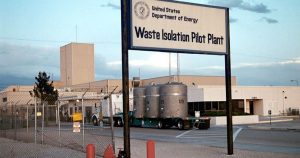
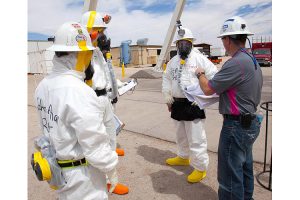
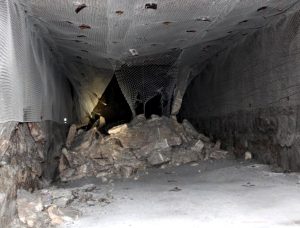

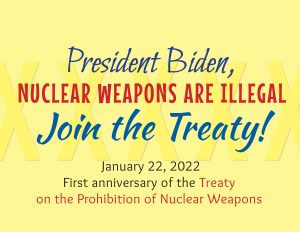
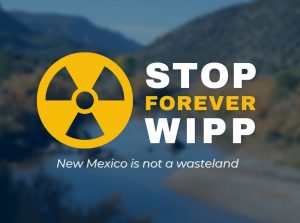






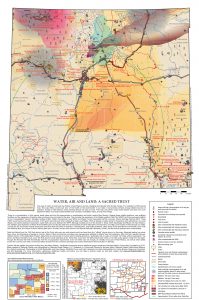

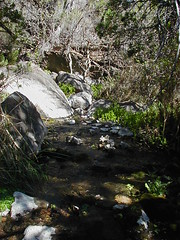

Comments
No comments so far.